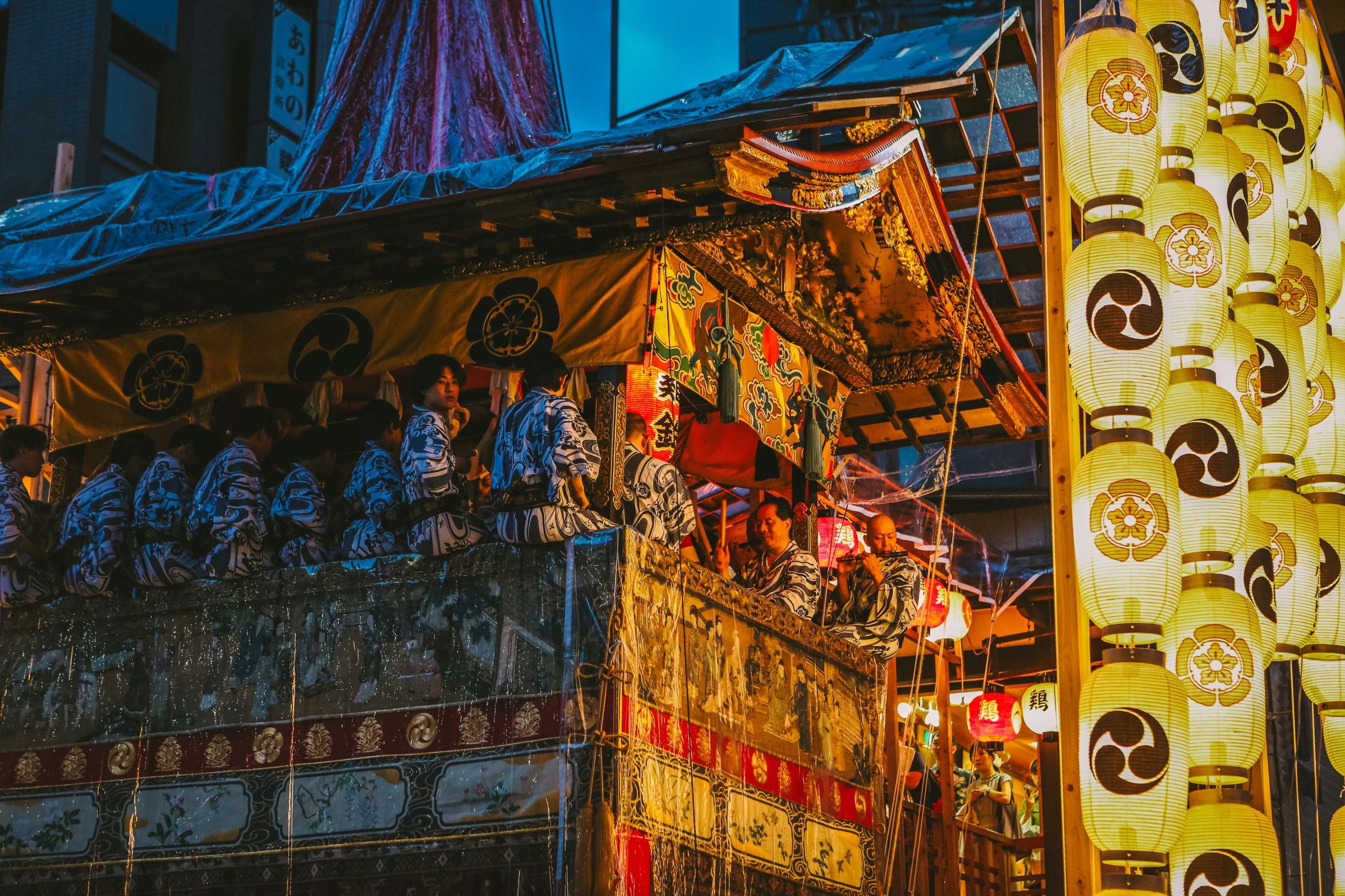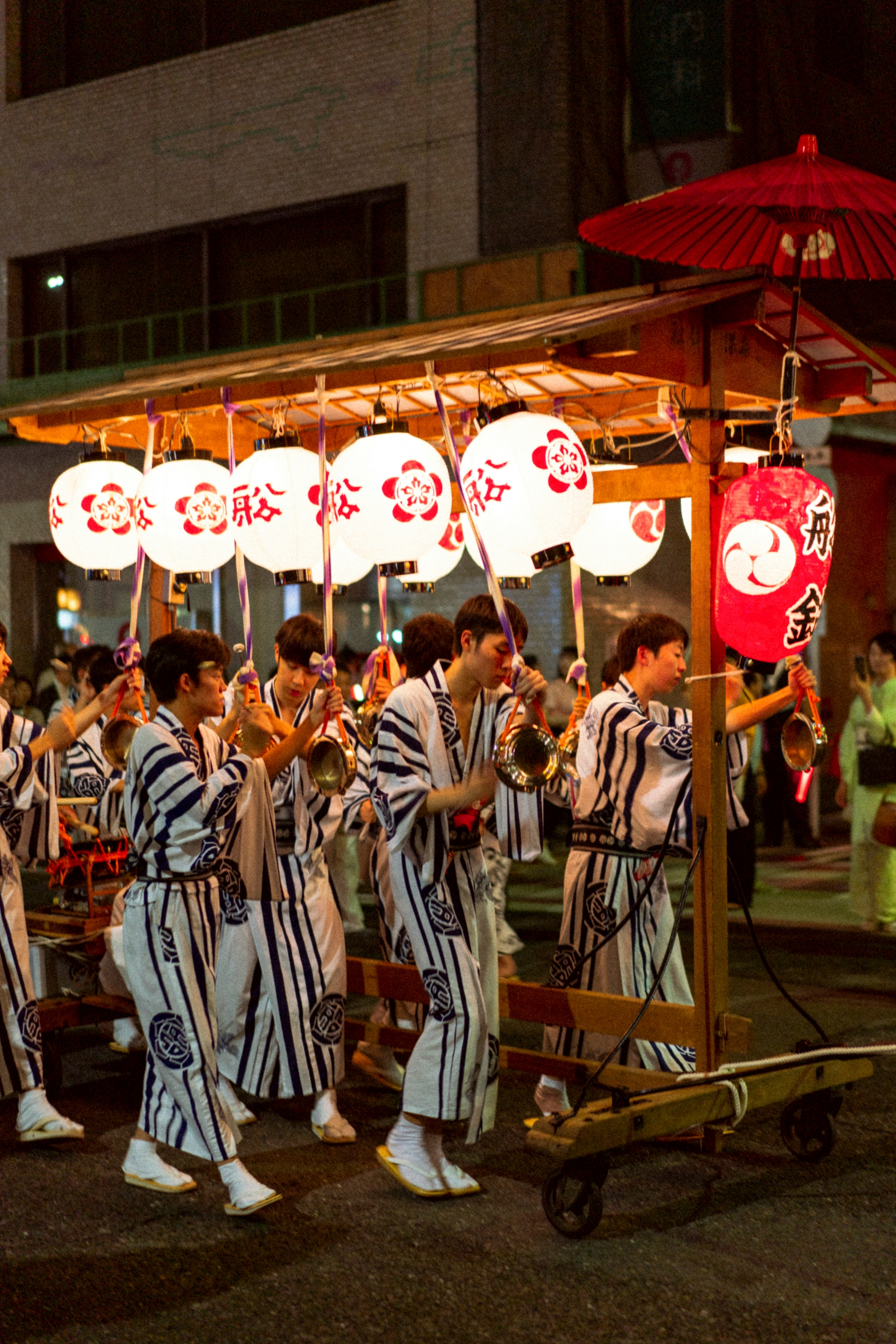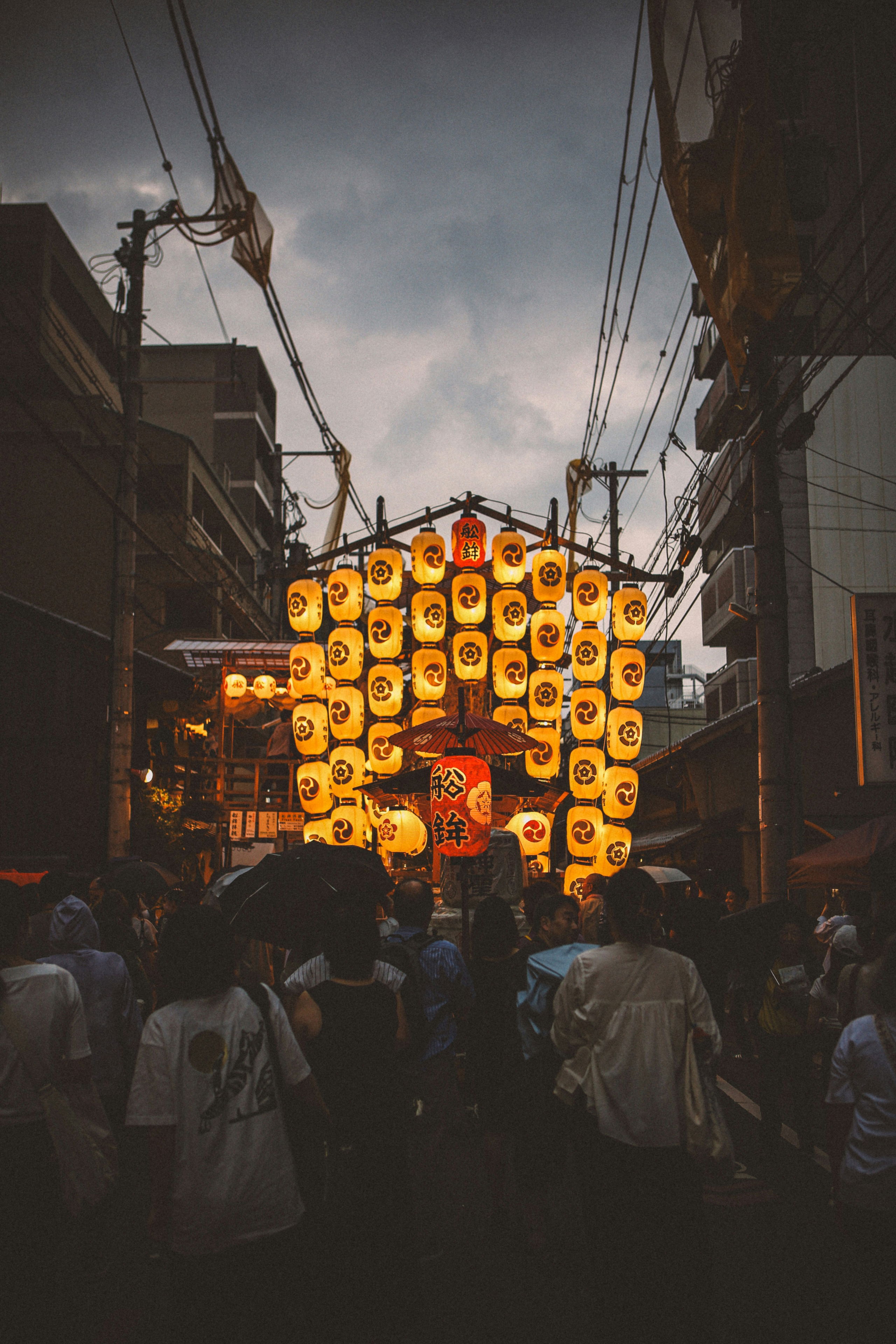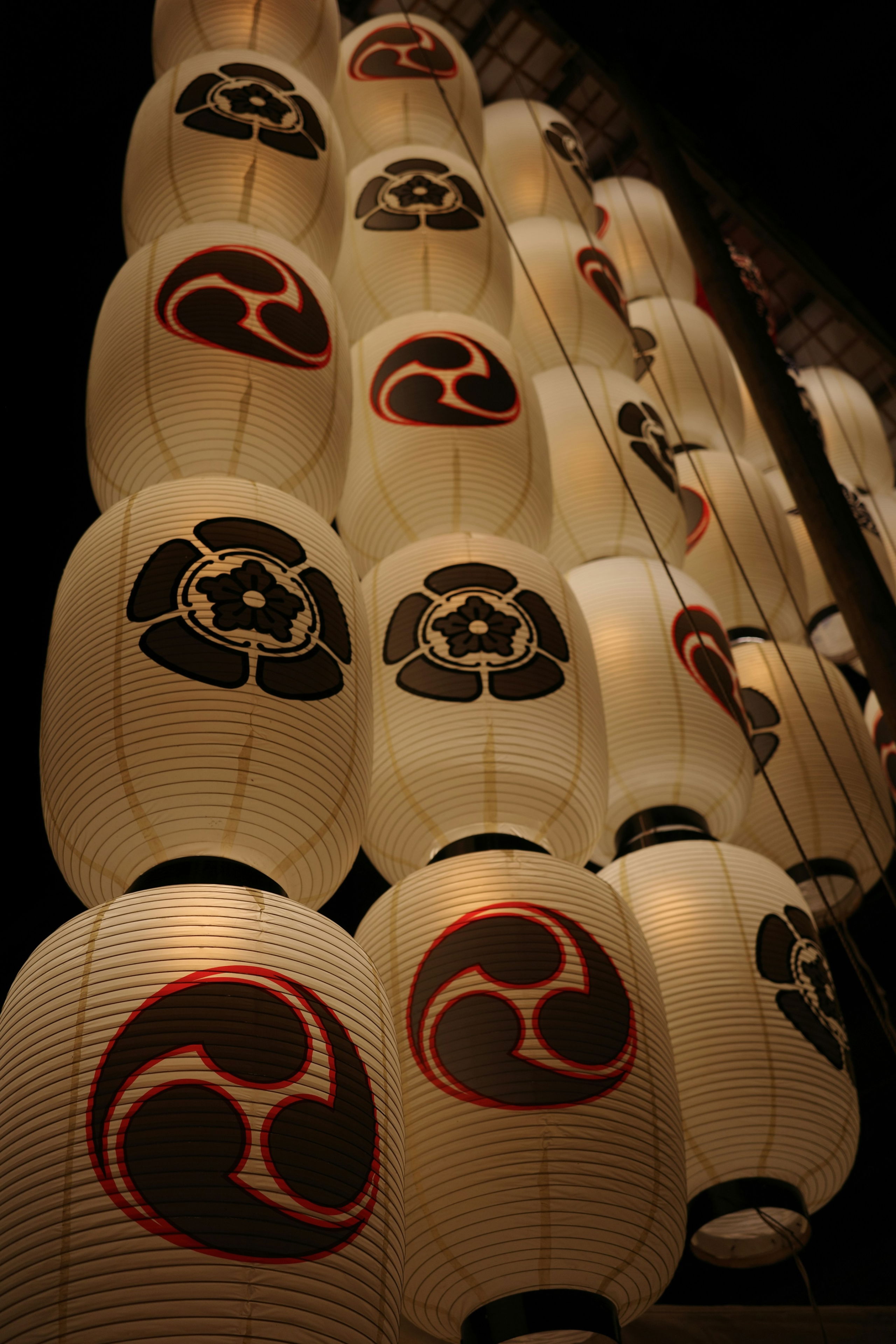
Each July, the streets of Kyoto transform into something both sacred and celebratory for the Gion Matsuri Festival. Lanterns flicker above quiet cobblestone lanes. Giant wooden floats—each a marvel of centuries-old craftsmanship—creak and glide through the city like drifting temples. And beneath the soft shimmer of summer dusk, Japan’s most storied festival takes its place on the world’s cultural stage.
The Gion Matsuri is more than a spectacle. It is Kyoto’s collective memory made visible—a living celebration of devotion, resilience, and beauty passed down across generations. For travelers seeking a deeper understanding of Japanese culture, it offers rare insight into the heart of a city where the past never truly leaves.
What Is the Gion Matsuri Festival in Kyoto?
Held annually for over 1,100 years, Gion Matsuri originated as a ritual to appease the gods during an outbreak of plague. Today, it’s considered one of Japan’s most significant festivals, spanning the entire month of July and culminating in a series of elaborate parades known as the Yamaboko Junko.
Thirty-three towering floats—some reaching over 25 feet tall—parade through Kyoto’s downtown streets. Known as yama and hoko, each float is a microcosm of Kyoto’s artisanal brilliance. Tapestries woven in Nishijin, woodwork that echoes Heian-era elegance, and ornaments of gold leaf and lacquered detail all speak to a quiet pride in preservation and artistry.
While the floats take center stage, they’re not the only highlight. Yoiyama, the nights leading up to the parades, see Kyoto’s traditional townhouses (machiya) thrown open in a gesture of hospitality. Locals display heirlooms, pour sake for guests, and line the streets with food stalls offering seasonal delicacies like grilled ayu (sweetfish), cold somen noodles, and shaved ice topped with matcha syrup.
A Festival of Precision, Reverence, and Community
One of the defining traits of Gion Matsuri is its elegant choreography. Unlike Western-style parades, where energy builds toward a grand crescendo, Gion’s strength lies in its rhythm. At each turn, you’ll find a silent pause. A breath. A recalibration. Whether it’s the meticulous maneuvering of a float around a narrow bend—achieved by laying bamboo under its wheels—or the quiet, communal rituals performed by neighborhood guilds, everything feels purposeful.
And at its core is a community that has preserved these traditions not out of nostalgia, but reverence. The floats are constructed anew each year without the use of nails, their designs entrusted to teams of craftsmen and apprentices. Local children take on ceremonial roles. Families pass down stories through roles in float guilds. It’s a festival that exists not to entertain, but to endure.


When and How to Attend Gion Matsuri
If you’re planning to visit Kyoto during Gion Matsuri, the best time to witness the spectacle is during the two main parades on July 17 and July 24, with festivities unfolding throughout the month. The Yoiyama evenings on July 14–16 and July 21–23 are also highlights, when Kyoto’s historic neighborhoods become open-air galleries.
Because the festival is deeply woven into the city’s fabric, it’s not confined to one space. You’ll find events stretching from Shijō Street to Karasuma, across Gion itself, and into the smaller side streets of Kyoto’s downtown core. Attending with a local guide—or as part of a curated itinerary—offers access to the historical context and quiet moments that tourists often miss.
.
Gion Matsuri as Part of a Kyoto Itinerary
When traveling to Kyoto in the summer, Gion Matsuri becomes more than a day on the calendar. It becomes a thread woven through a much richer tapestry. Guests walk alongside historians through Kyoto’s temple-dotted foothills. They learn the techniques behind hand-dyed indigo and lacquered ceramics. Meals unfold slowly, layer by layer, in family-owned restaurants that rarely see tourists.
On one day, you might start your morning with a tea ceremony near the Philosopher’s Path, then pass through streets adorned with festival lanterns. On another, you’ll dine on kaiseki cuisine prepared with ingredients harvested that same morning, while a local explains the story behind the dish—and how festivals like Gion have long shaped the culinary calendar.
Why the Gion Matsuri Matters
It’s tempting to view the Gion Matsuri as a relic—an old-world holdover in a country that increasingly balances innovation with tradition. But to walk Kyoto’s streets in July is to understand that this isn’t just a festival—it’s a reflection of how a city can hold its past in one hand while reaching toward its future.
In an age where cultural celebrations are often diluted for consumption, Gion Matsuri holds firm. It’s a place of patience, of pattern, of purposeful beauty. And for travelers seeking something beyond the expected, it offers a rare kind of understanding—one that lingers long after the final float has passed.
Book Your Cultural Journey to Kyoto
If you’re drawn to the layered traditions of Japan, consider joining one of our culinary and culture-focused journeys through Japan, which includes a curated 5-day Kyoto itinerary. With guided access to artisans, chefs, and cultural events, our Japan tours offer more than travel; they offer belonging.


Japan Tour with David Utterback




